Leeds museum to celebrate north of England's industrial 'queens'
- Published
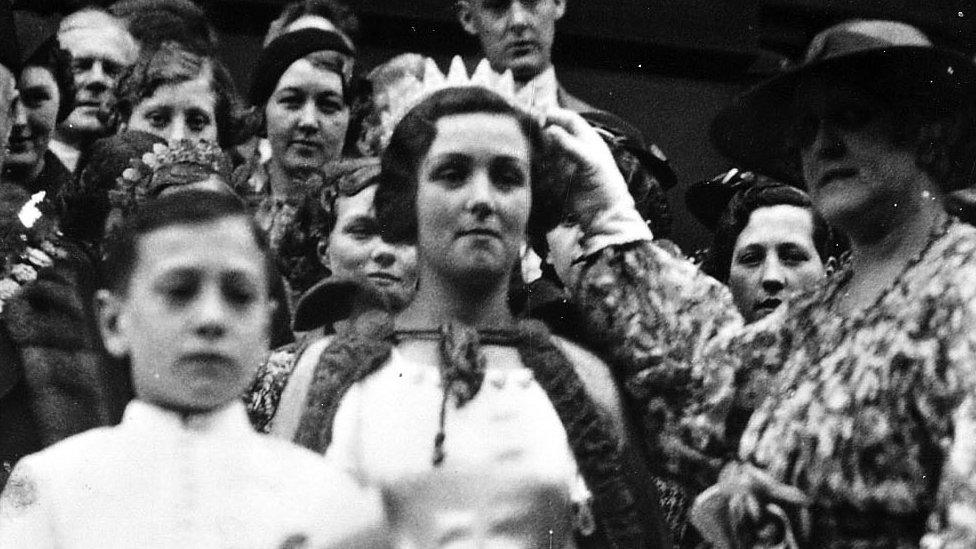
The Queens of Industry exhibition will shine a light on the women who represented various industries
Artefacts belonging to the women hailed as "pin-up" flag-bearers for industry in the north of England in the 20th Century are to go on show.
Inspired by the traditional Rose Queen and May Queens, dozens of women were chosen to represent various industries from railways and mining to textiles.
A tiara, gown and letter sent to one "industry queen" will be among items shown at Leeds Industrial Museum.
Former coal queen Deborah Barry said she was "delighted to look back at it".
"It's lovely to be able to share something that was very special and very personal to me," the 54-year-old added.
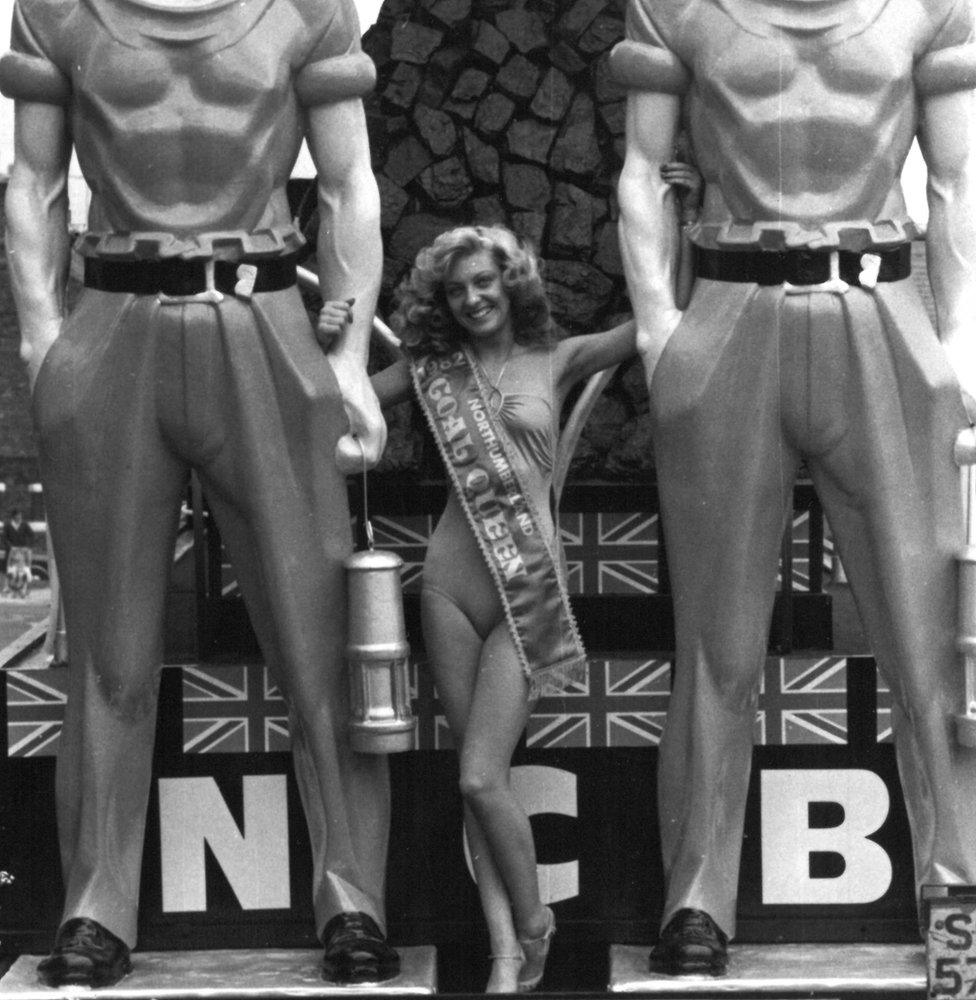
Ex-Northumberland Coal Queen Deborah Barry said the role was "like being a mascot or a pin-up girl"
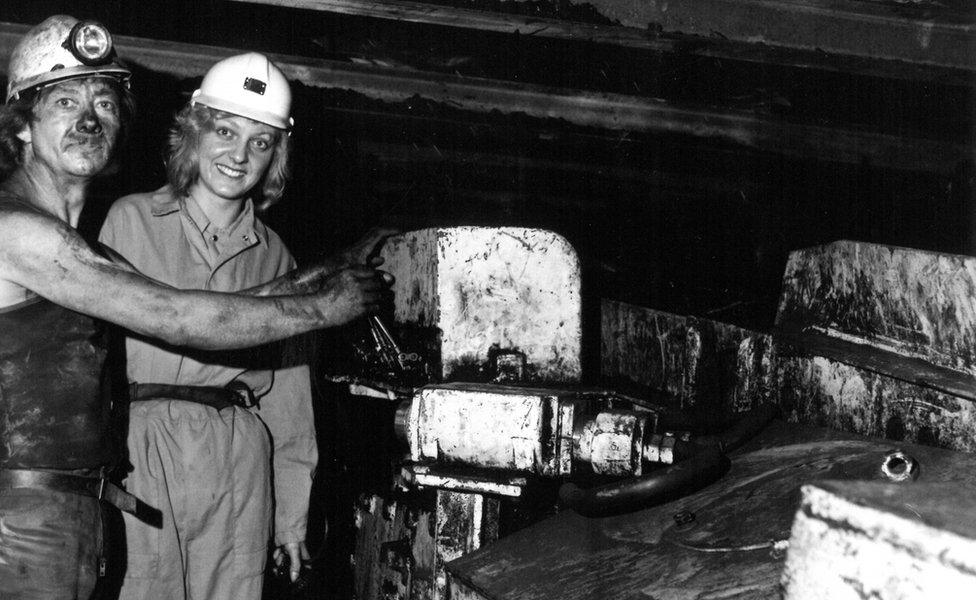
Going down a coal mine was "an eye-opening" moment during her time as a queen, Mrs Barry said
Mrs Barry, from Ashington, was Northumberland's coal queen between 1982 and 1983, promoting the mining industry at public events.
She said: "It was a great privilege. You were like a lucky mascot or a pin-up girl, if you like, for the local miners.
"You would be there on special occasions to be a pretty face and wave to the crowds or cut a ribbon, so you were a little bit of a local celebrity. You could also be asked to go along and help with activities for the coal miners newspaper."

A tiara belonging to Elsie Kearsley, who was crowned cotton queen in 1939, will be on display
She said she was selected in a beauty pageant-style competition judged by ex-Labour leader Neil Kinnock.
The Queens of Industry exhibition, which begins on Friday, also includes photographs and documentary films.
Spanning the years between the 1920s and 80s, it will also feature a letter written to Yorkshire wool queen Doreen Fletcher from a fan in Soviet East Berlin.
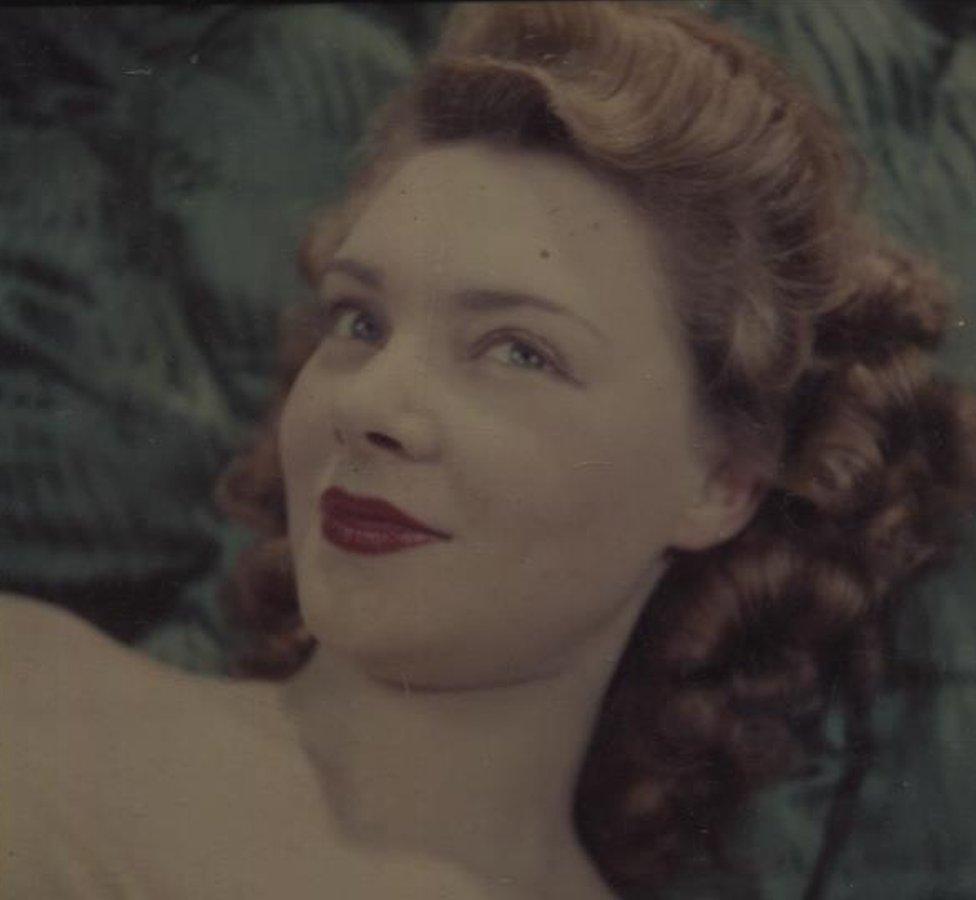
Doreen Fletcher became Yorkshire's wool queen in 1947 and went on to enjoy a career in modelling, acting and singing

Doreen Fletcher starred in a film produced to encourage young female workers to join the wool industry
Mrs Fletcher, 90, from Batley, who became wool queen in 1947, told how the role turned her into a local star.
"People used to touch me to see if I were real. That was all part of it you see" she said.
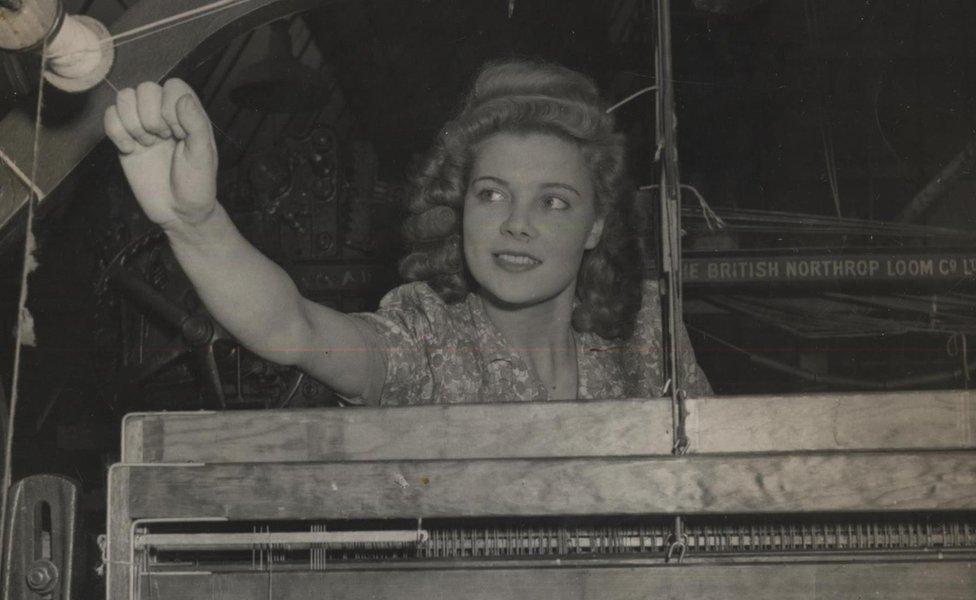
Mrs Fletcher said working as a weaver during World War Two was hard and "in those days we were all more or less poverty stricken"
She started working as a weaver in a mill at the age of 15 and described the hard working environment.
"You've got to be careful you don't get your knuckles bashed with the shuttles and things, that alone would've broken your hand."